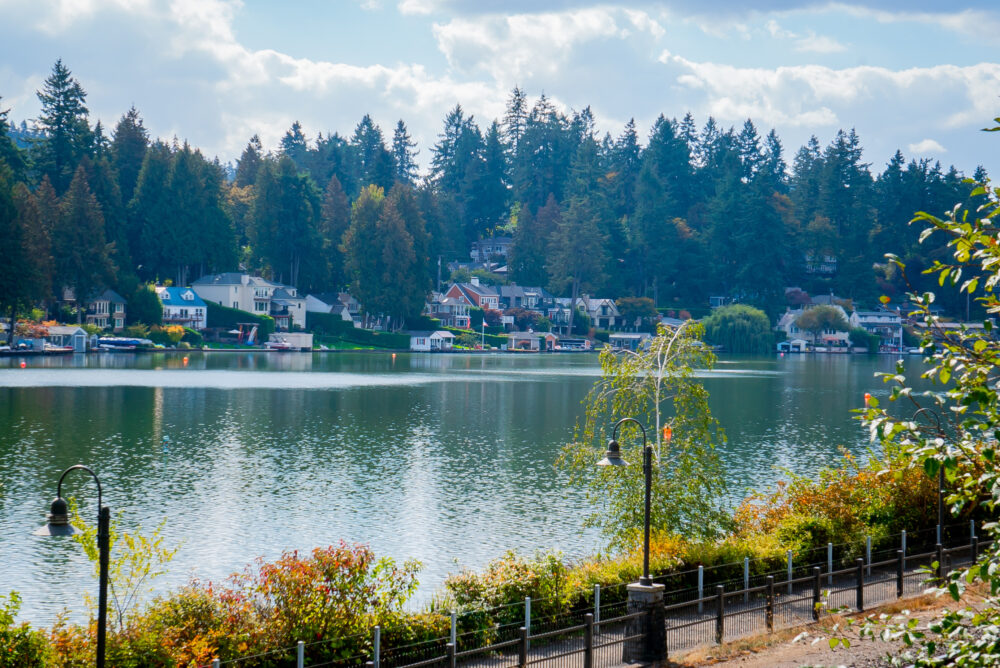Indigenous Roots
Long before European settlers arrived, the land that would become Lake Oswego was inhabited by indigenous peoples. The area was primarily occupied by the Clackamas and Kalapuya tribes, who lived off the fertile lands and abundant resources. These tribes utilized the region’s waterways for fishing, and their presence shaped the early cultural landscape of the area. Their deep connection to the land and its resources is reflected in the rich traditions and stories passed down through generations.
The Early Settlement
The story of Lake Oswego’s European settlement begins in the mid-19th century. In 1847, a group of pioneers led by the founder, Albert Alvord, established the town of Oswego. Initially, the settlement was named after the nearby Oswego Lake, which itself was named in homage to Oswego, New York. The area quickly began to transform from a pristine wilderness into a burgeoning town as settlers arrived, attracted by the promise of land and opportunity.
The Iron Industry Boom
The mid-19th century saw the rise of the iron industry in the area, which significantly impacted Lake Oswego’s development. The discovery of iron ore deposits near the lake led to the establishment of the Oswego Iron Works in 1866. This industry thrived for several decades, attracting laborers and boosting the local economy. The iron works were instrumental in shaping the town’s identity and left a lasting legacy on the region’s industrial heritage.
Transition to a Residential Community
As the iron industry began to decline in the early 20th century, Lake Oswego underwent a transformation from an industrial hub to a residential community. The decline in iron production marked the end of an era, but it also provided an opportunity for the town to reinvent itself. The area began to attract residents looking for a suburban lifestyle, and development shifted toward creating a welcoming environment for families and professionals.
Modern Development and Growth
The latter half of the 20th century and early 21st century saw substantial growth and modernization in Lake Oswego. The city expanded its infrastructure, schools, and recreational facilities to accommodate a growing population. Efforts were made to preserve the natural beauty of the area, including maintaining the lake as a central feature of the community. This period of growth saw Lake Oswego emerge as a desirable place to live, characterized by its picturesque setting and thriving local amenities.
Lake Oswego Today
Today, Lake Oswego is a vibrant and affluent city known for its beautiful homes, top-rated schools, and active community life. The city has managed to blend its historical roots with contemporary living, creating a unique environment that attracts residents from across the region. With a strong sense of community and a commitment to preserving its natural and historical heritage, Lake Oswego continues to thrive as a modern city with deep historical roots.

In summary, Lake Oswego’s journey from its indigenous beginnings through periods of industrial growth and residential development highlights its dynamic history. The city’s ability to adapt and evolve while honoring its past has shaped it into the thriving community it is today.
